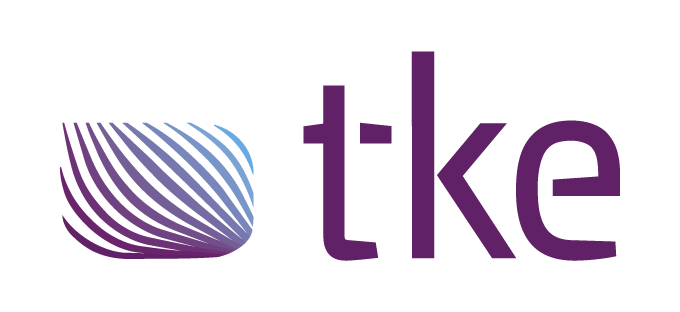How does tech enhance leading expertise?
In today’s rapidly evolving world, technology plays a pivotal role in redefining leadership roles across various industries. Modern leaders are leveraging technology tools and platforms to facilitate communication, enhance decision-making processes, and manage remote teams effectively. These tools are not just about keeping up with the times; they are about staying ahead.
The integration of technology in leadership has transformed how leaders interact with their teams, enabling real-time data analysis and more informed decision-making. By utilizing advanced communication systems and automation solutions, leaders can streamline operations and improve efficiency. This technological edge is crucial for industries such as Marine, Energy, Off-Highway Vehicles, and Defence, where timely and accurate information can significantly impact performance and success.
How can digital tools improve leadership skills?
Digital tools offer leaders unprecedented opportunities to enhance their skills in communication, project management, and strategic planning. By adopting these tools, leaders can foster a more collaborative and efficient work environment. For instance, platforms like Slack and Microsoft Teams facilitate instant communication, breaking down barriers and enabling seamless interactions among team members.
Moreover, project management software such as Asana or Trello helps leaders organize tasks and track progress, ensuring that projects are completed on time and within budget. These tools also provide insights into team performance, allowing leaders to identify areas for improvement and make informed strategic decisions. By embracing these digital solutions, leaders can develop their skills and drive their organizations toward success.
What are the benefits of digital transformation for leaders?
Digital transformation offers numerous advantages for leaders, including increased efficiency, better resource management, and improved customer engagement. By adopting digital solutions, leaders can streamline processes, reduce operational costs, and enhance overall productivity. This transformation is particularly beneficial for industries that rely on complex communication systems, as it enables leaders to optimize resource allocation and improve decision-making.
Successful digital transformation initiatives serve as inspiring examples for leaders looking to embrace technology. For instance, companies that have integrated automation solutions into their workflows have experienced significant improvements in efficiency and customer satisfaction. By leveraging digital tools, leaders can foster a culture of innovation and adaptability, ensuring their organizations remain competitive in an ever-changing market.
How does technology foster innovation in leadership?
Technology fosters innovation in leadership by enabling leaders to develop new strategies and solutions. By breaking down traditional barriers to innovation, technology encourages leaders to think creatively and explore new possibilities. Advanced communication systems and data Analytics tools empower leaders to identify trends and opportunities, allowing them to make informed decisions that drive their organizations forward.
In addition, technology enables leaders to collaborate more effectively with their teams, fostering a culture of innovation and continuous improvement. By embracing technological advancements, leaders can inspire their teams to think outside the box and develop groundbreaking solutions that meet the evolving needs of their industries. This innovative mindset is crucial for long-term success and growth.
What challenges do leaders face with tech integration?
Despite the numerous benefits of technology integration, leaders often face challenges such as resistance to change, cybersecurity risks, and training requirements. Resistance to change is a common obstacle, as employees may be hesitant to adopt new technologies and workflows. To overcome this challenge, leaders must communicate the benefits of technology integration and provide the necessary support and training to facilitate a smooth transition.
Cybersecurity risks are another concern for leaders, as the increasing reliance on digital tools exposes organizations to potential threats. To mitigate these risks, leaders must implement robust security measures and educate their teams on best practices for data protection. Additionally, leaders must ensure that their teams are equipped with the necessary skills and knowledge to effectively use new technologies. By addressing these challenges, leaders can successfully integrate technology into their workflows and drive their organizations toward success.



